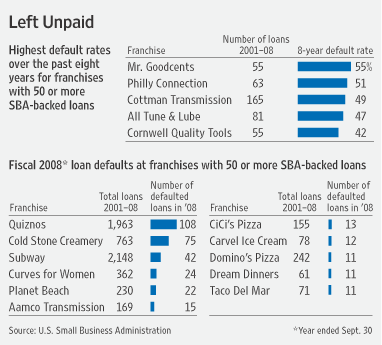FHA And VA Increase Credit Score Requirement
Effective March 6, 2009, a minimum credit score of 620 will be required to be eligible for FHA and VA loans.
The credit score requirement had recently been changed less than a month ago. As of February 9, 2009 the credit guidelines had required only a minimum credit score of 580, subject to certain exceptions.
The increased credit score requirement is an attempt to lower the large number of FHA defaults, which have been running at about 12%. A 580 credit score reflects a sub prime borrower and in conjunction with minimal down payment requirements, the risk of mortgage default is very high, as reflected in the FHA default ratios.
New Home Buyers With Empty Pockets After Closing
Another area that should be examined by the FHA in their underwriting guidelines is the amount of reserves that a borrower has after closing on a home purchase. Many borrowers are left with empty pockets after paying for closing costs and the down payment to purchase a home. As every homeowner knows, the expenses of maintaining a home are never ending. In addition, a major and unexpected repair could be thousands of dollars that can put a severe strain on the family budget, leading to the inability to maintain the mortgage payments.
There are no guidelines per se that require a potential home buyer to have a specific amount of savings available after purchasing a home. The ability to save should be viewed by the FHA as a prerequisite for home ownership. Additional mortgage defaults do not benefit the FHA nor the homeowner. Savings (reserves) of 3 to 6 months of mortgage payments should be considered by the FHA as a part of their underwriting guidelines. Buyers might have to postpone the purchase of a home to acccumulate some savings and strengthen their financial position, but the end results would benefit all – a stable housing market with fewer defaults.
Update Regarding 620 FICO Score Requirement – April 2009
There are now some lenders that will do FHA loans at sub 620 FICO scores – see Sub 620 FICO Score Lenders
Update on This Topic:
-See FHA Introduces New Minimum 580 Credit Score Requirement, September 6, 2010
